1. Dorothy’s Basket Mix-Up
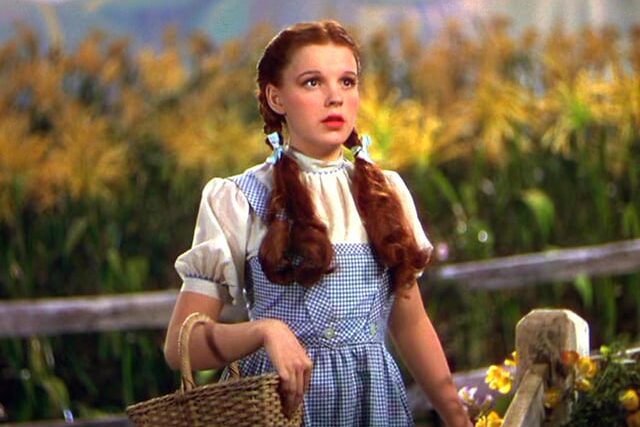
Dorothy’s wicker basket, which she carries throughout her journey, changes contents from scene to scene. At times, it looks filled with food or cloth, while in the next shot it appears nearly empty. Sometimes Toto is riding in it, and in the very next moment, he’s suddenly back on the ground with no transition. These small continuity issues were likely caused by shooting on different days and stitching together scenes without perfectly matching the props. It’s a subtle detail, but once noticed, the shifting basket becomes another little quirk that adds to the film’s human imperfections.
2. The Coat with a Past
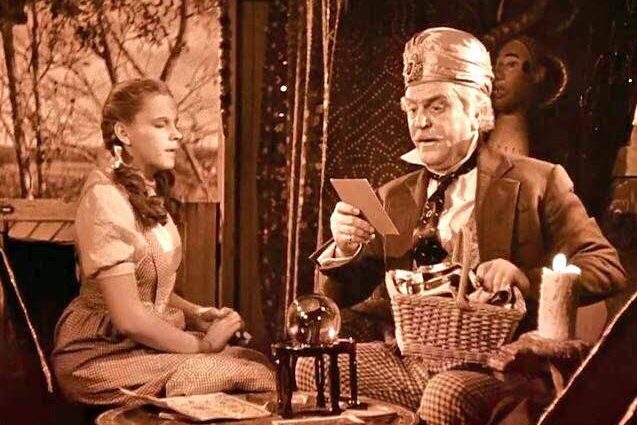
When Professor Marvel lends Dorothy a coat early in the film, it seems like just another piece of wardrobe. But decades later, a startling discovery revealed that the coat actually once belonged to L. Frank Baum, the original author of the Oz stories. MGM had unknowingly purchased it secondhand for the production, making it a strange accident that Baum’s personal clothing ended up in the movie adaptation of his own work. While not a mistake in the traditional sense, it’s considered a goof because it was never intentional, it was simply the result of a prop department purchase that became one of the eeriest coincidences in Hollywood history.
3. The Witch’s Shifting Hourglass
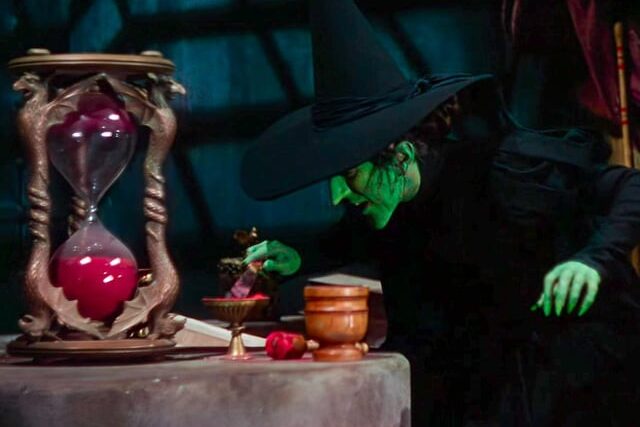
The Wicked Witch’s red hourglass, which she uses to warn Dorothy of her limited time, changes shape and size throughout the movie. In some scenes, it looks tall and slim, while in others it appears shorter and rounder. The prop inconsistencies are easy to miss because of the tense atmosphere during those moments, but once spotted, the differences are striking. For fans who watch closely, the hourglass becomes less of a magical object and more of a reminder that multiple props were used during filming, creating a small continuity goof in one of the movie’s most suspenseful sequences.
4. Horse of a Different Color
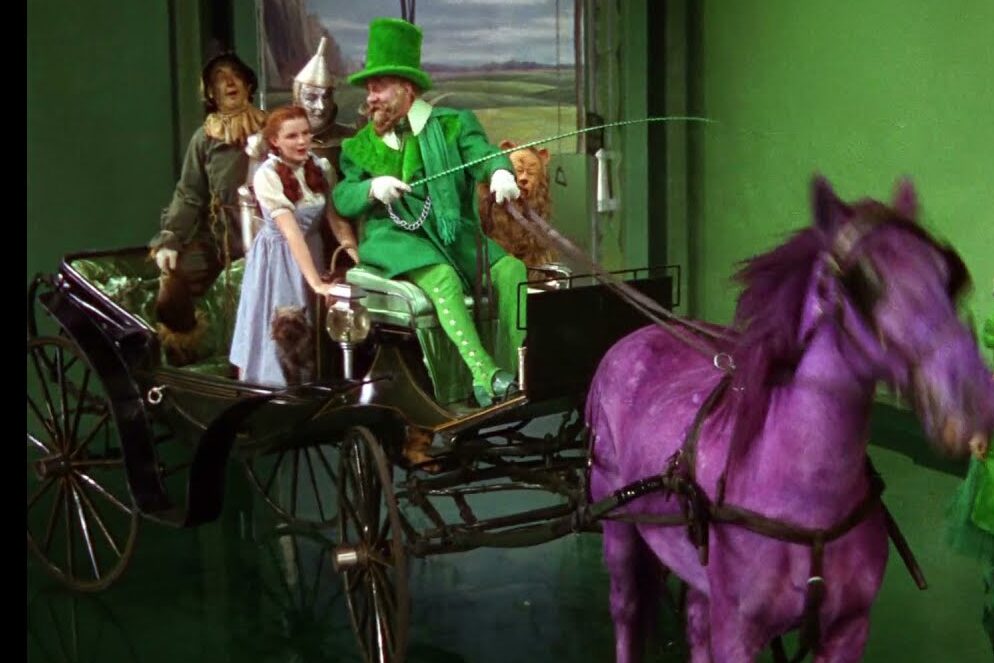
The Emerald City’s “Horse of a Different Color” is one of the movie’s most magical effects, changing hues each time the camera cuts back. In reality, the effect was achieved by coating live horses with Jell-O powder to give them different shades. The problem was that the coloring didn’t always hold up under studio lights, and between takes, the transitions looked less like intended magic and more like continuity mismatches. To audiences in 1939, the trick seemed whimsical, but with clearer restorations today, the jumps between colors look abrupt enough to feel like production goofs instead of smooth visual wizardry.
5. The Missing Jitterbug
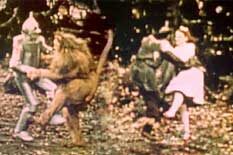
The “Jitterbug” sequence is one of the most famous scenes never seen. It was filmed in full, with the Wicked Witch sending a magical bug to make Dorothy and her companions dance uncontrollably, but it was cut from the final release. All that remains are a few still photos and the surviving soundtrack. However, the script still includes references to “that pesky jitterbug,” which makes no sense since the actual scene doesn’t exist in the film. For modern viewers, these unexplained mentions stand out like continuity errors, leaving fans scratching their heads unless they know the background of the deleted scene.
6. Dorothy’s Hair Changes
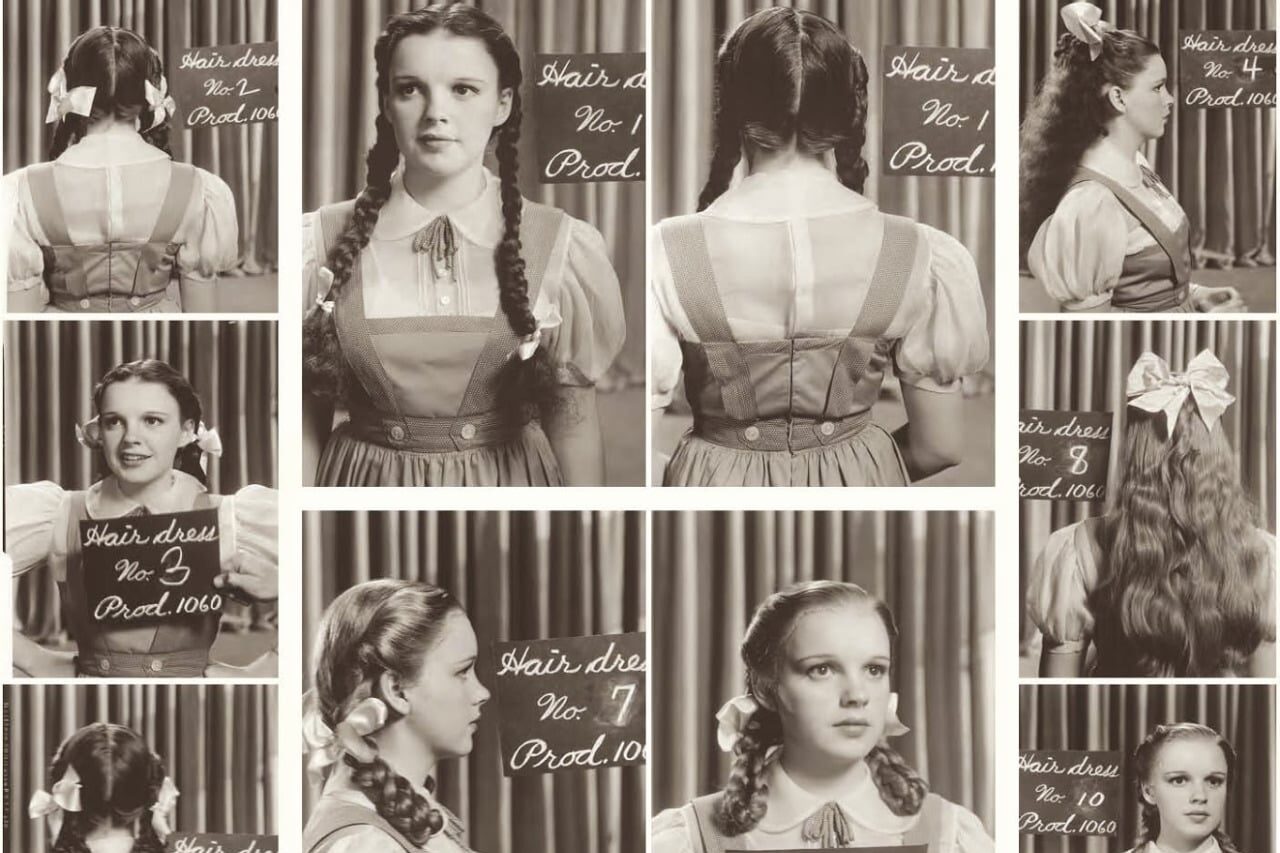
Dorothy’s braided pigtails shift in length throughout the film, especially in early Kansas and Oz scenes. Sometimes they hang just above her shoulders, and in the next moment they extend farther down her chest. The inconsistency is subtle, but once spotted, it becomes hard to ignore. This goof likely happened because the film was shot over an extended period, and hairstyling wasn’t always kept perfectly consistent from day to day. While it doesn’t distract from Judy Garland’s performance, sharp-eyed fans notice the frequent changes, making it one of the most visible continuity slip-ups in the movie’s opening acts.
7. Slippers That Disappear
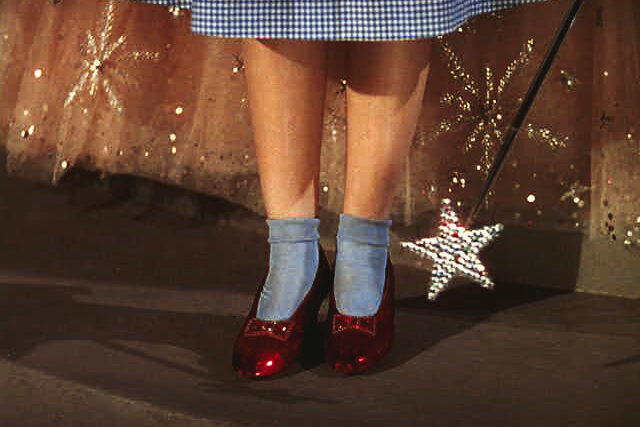
Dorothy’s ruby slippers are among the most iconic props in film history, but even they weren’t immune to continuity mishaps. In some shots, particularly when Dorothy and Toto prepare to leave Munchkinland, the slippers appear and disappear between cuts. While it could easily be mistaken for movie magic, it was simply the result of editing oversights and the challenges of long shooting schedules. Given that multiple pairs of slippers were used during filming, it’s not surprising that continuity wasn’t flawless. Ironically, these little mistakes make the shoes even more legendary, especially since surviving pairs today are worth millions.
8. Scarecrow’s Vanishing Gun
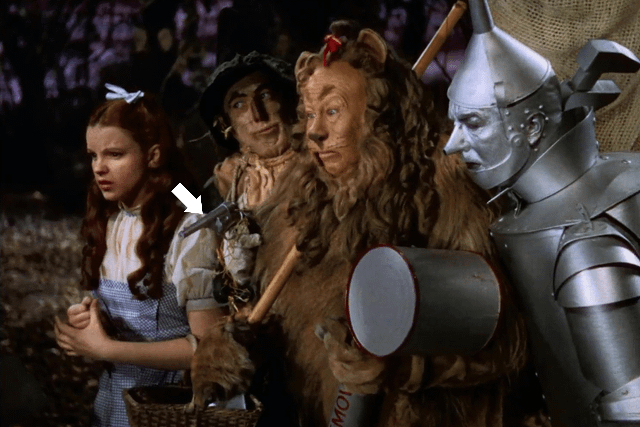
After Dorothy and her friends escape the Wicked Witch’s castle, the Scarecrow is briefly seen carrying a revolver. The odd prop appears suddenly, with no explanation of where it came from, and then vanishes just as quickly in the following shots. The weapon was likely added as a dramatic detail, but since it was never integrated into the story, it feels out of place, especially in a family film where none of the main characters are otherwise armed. Today, viewers often do a double take at the sight of the Scarecrow wielding a gun, since it clashes so sharply with the lighthearted tone of the journey.
9. Tin Man’s Hat Trouble
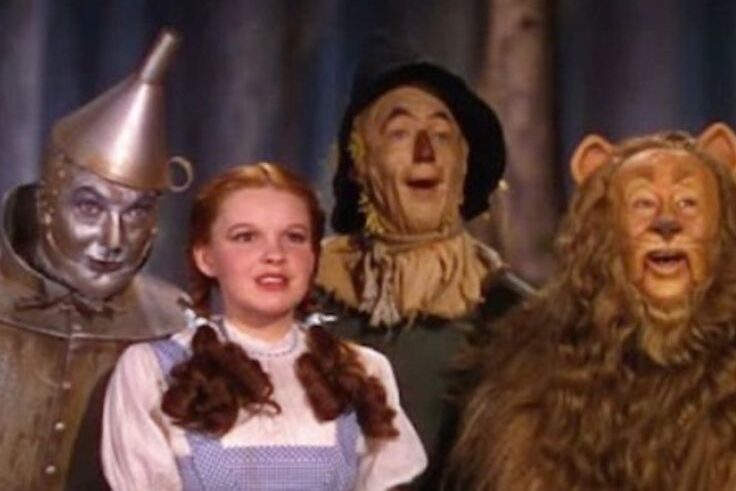
The Tin Man’s funnel-shaped hat is another detail that doesn’t stay consistent. Depending on the scene, it changes in angle and even appears to vary in size. Sometimes it sits tall and upright, while other times it tilts noticeably to one side or looks smaller altogether. These subtle shifts were likely caused by the use of different props and the need to reset costumes across long shooting days. While most viewers never notice, keen observers can’t help but spot the hat’s inconsistencies, which stand out all the more because the Tin Man’s costume is otherwise such a carefully designed and iconic piece of film history.
10. Dorothy’s Dress Changing Color
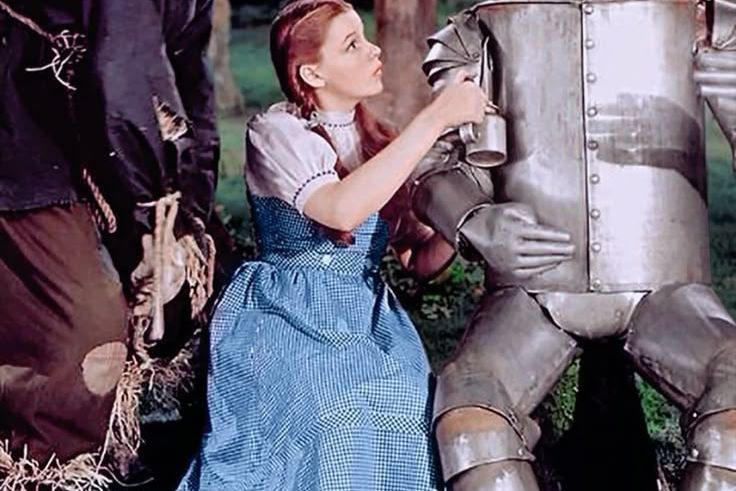
Dorothy’s iconic blue gingham dress doesn’t always appear blue on screen. In certain shots, especially under shifting Technicolor lighting, it suddenly looks pink or lavender. The effect wasn’t intentional, it was the result of the film’s early color process and the way the fabric reflected studio lights. Audiences in 1939 likely wouldn’t have noticed much, but today’s high-definition restorations make the changes more obvious. It’s a reminder of the limitations of early color filmmaking and how costumes could appear very different depending on the lighting setup. This goof doesn’t take away from the magic but shows the quirks of Hollywood’s most ambitious technology at the time.
11. The Winkie’s Broken Spear
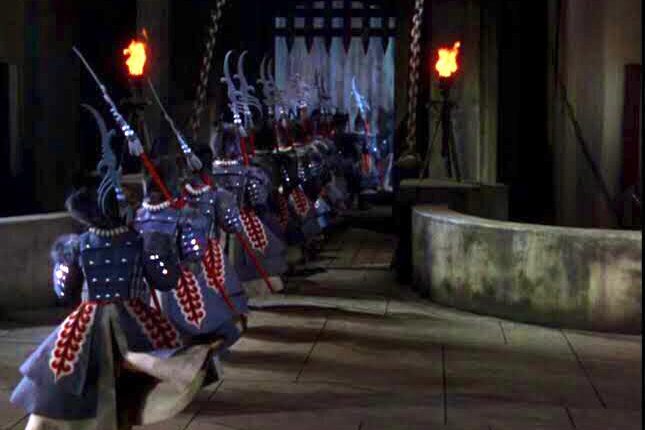
During the Wicked Witch’s castle scenes, her Winkie guards march in formation with long spears. If you look closely, though, one soldier’s spear is clearly broken, flopping around as he tries to keep pace. The mistake probably went unnoticed during production because it’s a background detail in an otherwise busy sequence. For modern audiences, however, the broken prop is an amusing catch that adds an unintended touch of humor to the Witch’s otherwise menacing army. It’s a small detail, but like many of the film’s goofs, it reminds us that behind the fantasy were actors, props, and long days on set.
12. Glinda’s Bending Wand
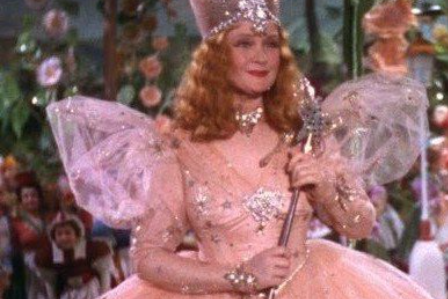
When Glinda the Good Witch first appears in Munchkinland, her shimmering star-tipped wand looks like a perfect magical accessory. But in one shot, it noticeably bends as she waves it around, making it clear the prop was lightweight and fragile. The flimsy construction wasn’t meant to hold up under repeated takes, and the camera accidentally caught the wobble. While audiences were swept away by Glinda’s ethereal entrance, modern viewers often notice the bending wand and smile at the imperfection. It’s a small reminder that even the “good magic” of Oz relied on delicate props that weren’t always camera-ready.
13. Tin Man’s Missing Axe
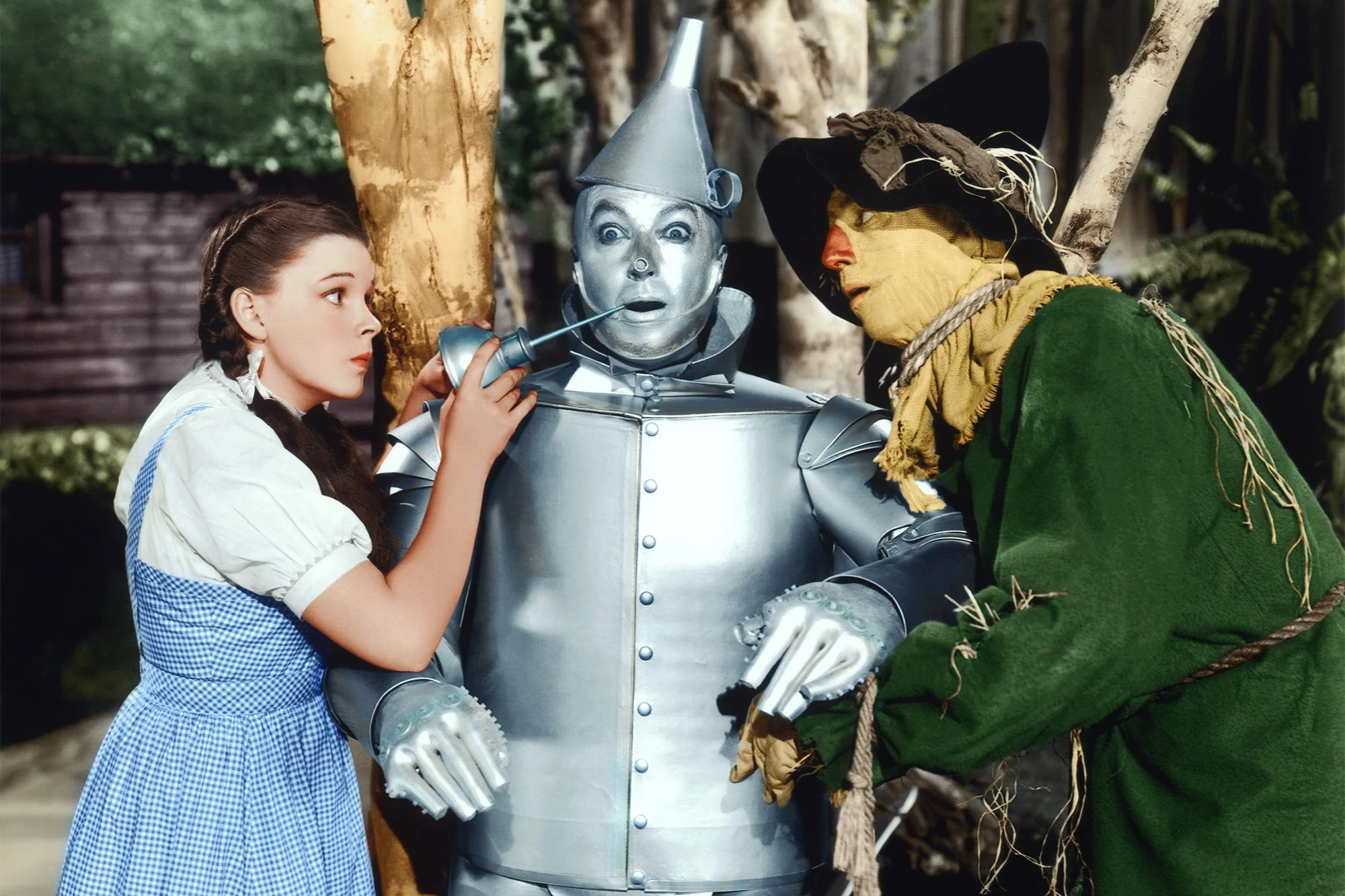
The Tin Man is almost always shown with his axe, but sharp-eyed fans have spotted moments where it suddenly disappears. Particularly during the group’s approach to Emerald City, the axe vanishes from his hands, only to reappear moments later without explanation. These lapses in continuity likely stemmed from the hectic filming schedule and the use of multiple prop axes that were misplaced or forgotten. Though easy to overlook in the flow of the story, once you notice the missing weapon, the abrupt reappearances stand out. It’s a classic example of how even major props slipped through continuity checks.
14. The Lion’s Unruly Tail
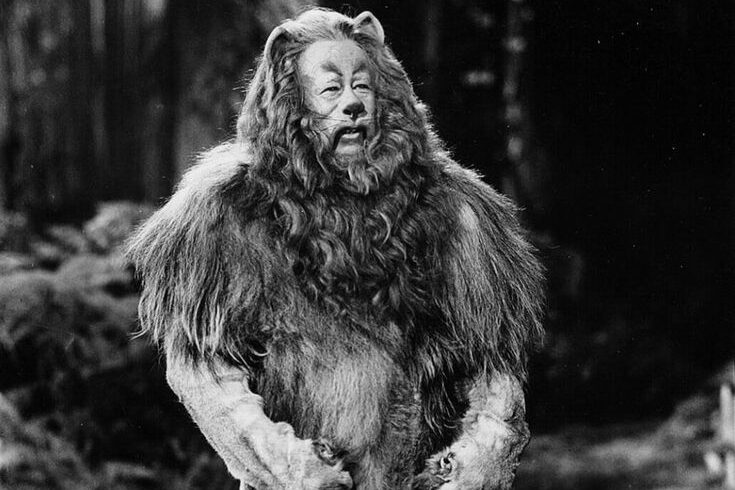
Bert Lahr’s Cowardly Lion costume was famously heavy and uncomfortable, but the tail caused plenty of its own trouble. In several shots, the tail moves out of rhythm with his acting, swinging and twitching unexpectedly. In some scenes, wires used to help control it are even visible. While it was supposed to be a natural extension of the costume, the tail often looked like it had a mind of its own. Instead of being distracting, though, it adds a quirky charm that highlights the limitations of practical effects at the time, and makes the Lion feel all the more animated.
15. Camera Shadows in Oz
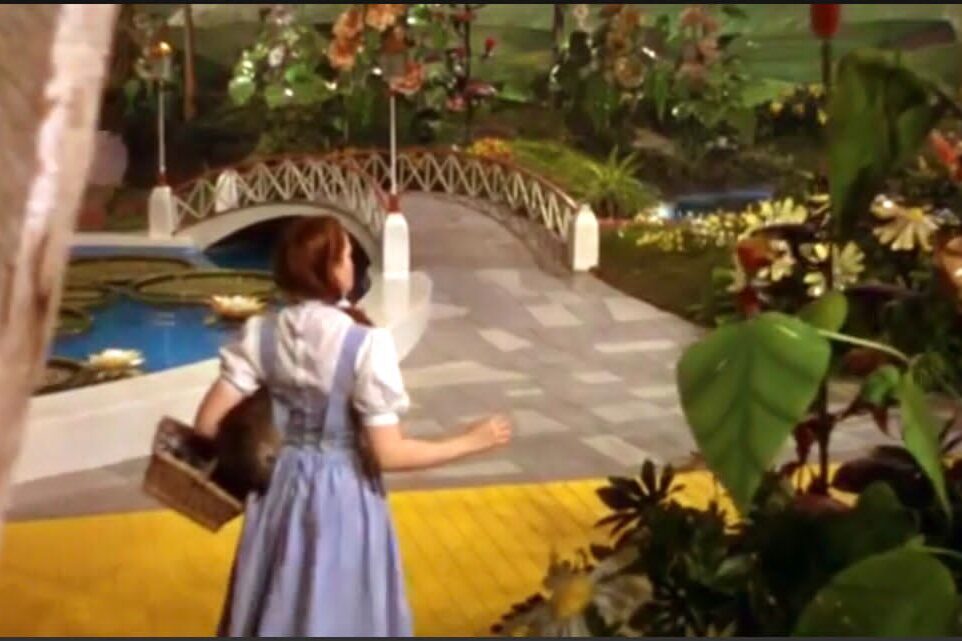
When Dorothy first lands in Munchkinland, the bright Technicolor lighting casts strong shadows across the set. If you look closely at the ground, you can sometimes see the dark outlines of the camera equipment moving into the frame. These slips weren’t as noticeable in the 1939 theatrical release, but modern restorations make them easier to catch. For today’s viewers, the camera shadows are among the clearest reminders that Oz was a carefully built set on a soundstage, not a magical land. Rather than ruin the moment, the mistake feels like a hidden detail that connects audiences directly to the filmmaking process.
16. The Rusty Tin Man
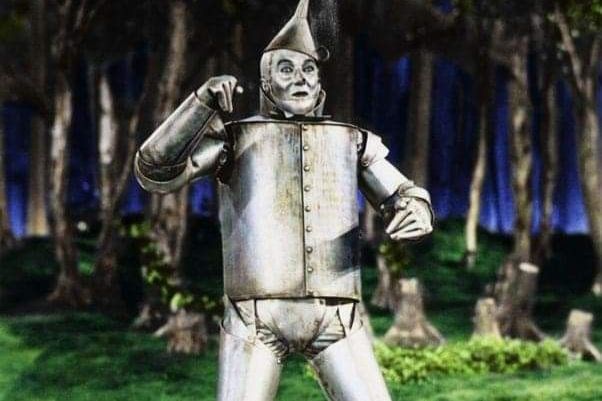
Jack Haley’s Tin Man makeup was a complex metallic paint that caused plenty of challenges on set. In some scenes, his silver coating looks shiny and smooth, while in others it appears dull, cracked, or flaking. The inconsistencies came from long shooting hours, frequent touch-ups, and the strain of wearing the heavy costume under hot studio lights. Haley even suffered eye irritation during production, which makes these changes a subtle trace of the actor’s real struggle. Though most viewers focus on the Tin Man’s charm and songs, sharp-eyed fans spot the shifting texture as one of the film’s most humanizing goofs.
17. The Wizard’s Curtain Slip

The big reveal of the Wizard hiding behind his curtain is one of the most famous moments in the film. But if you watch closely, you can see him moving and adjusting a little too early, before Toto has fully pulled the curtain back. This small timing error gives away the trick a split second ahead of schedule, lessening the surprise just a bit. Though minor, it’s a perfect example of how even iconic scenes weren’t immune to small production hiccups. Today, fans view it as an endearing mistake that makes the Wizard seem even more like the flawed man he was revealed to be.


